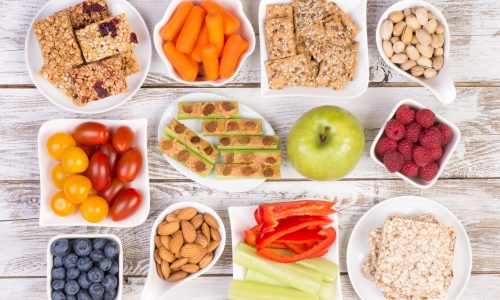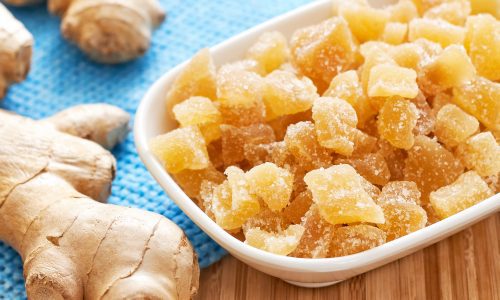The Best Dark Chocolate

Our Review Process
Don't Waste Your Money is focused on helping you make the best purchasing decision. Our team of experts spends hundreds of hours analyzing, testing, and researching products so you don't have to. Learn more.
Our Picks For The Top Dark Chocolates
Made from organic ingredients, these mildly sweet chocolate bars are great for those who are looking for a more natural sweet treat. You’ll get 12 full-size dark chocolate bars in this set, each individually wrapped. The bars ship with cool packs to help reduce the risk that they’ll melt in transit.
Wholesome, DeliciousClean eaters will love these organic chocolate bars, which are made from only natural ingredients.
Peanut butter lovers should check out these 12 packs of Reese’s Cups made with dark chocolate. The recipe is all organic, but you’ll still enjoy super-sweet dark chocolate and the rich taste of peanut butter. The candy is both non-GMO and follows the guidelines set by the Rainforest Alliance.
Sustainably SweetThis non-GMO option keeps impact to the rainforest at a minimum and delivers a dark twist on a classic.
You’ll get nine dark chocolate bars from Belgium in this set, three each of three different flavors. The flavors include dark chocolate, 72% cacao and dark chocolate with almonds. These bars are sold at Trader Joe’s, but you can now get them without heading out.
Imported ClassicsYou’ll get a variety pack of dark chocolate bars in this set, which includes nine bars.
You’ll get 18 1.44-ounce dark chocolate bars in this set, great for distributing as gifts or saving for yourself. The cocoa comes from Rainforest Alliance-certified farms for a sustainably sourced solution. The bars are divided into small squares that can be separated for a bite-size treat.
Smooth and CreamyDove’s dark chocolate bars feature a creamy taste that makes for a great snack.
Buying Guide
You’ve probably heard about the health benefits of eating chocolate. What could be better news than hearing your favorite tasty treat is also good for you?
Unfortunately, the health benefits of chocolate are specific to pure chocolate. Once you start adding other ingredients, especially milk, you dilute the healthy properties of cocoa beans so that you’re basically just eating a sugary snack.
Dark chocolate is where you’ll get those health benefits, but not all dark chocolate is equal, either. For best results, you’ll need to look for dark chocolate with a total cocoa content of 70% or more.
Beyond the cocoa content, though, there are other features to look for if you’re concerned about the nutrition of your dark chocolate. The fewer the ingredients, the better, and for many, sugar is a concern. If you have sensitivities, you’ll also want to look at whether the chocolate you’re choosing has those items or not. You can find dark chocolate that’s gluten-free and all organic, with few artificial colors and flavorings, if that’s your style.
Dark chocolate also comes in a variety of serving styles. Bars are probably the most popular, but if you’re looking for the healthiest option, you might find you don’t have the selection there you’d get by going with truffles or bites.
Social consciousness is also a consideration for many dark chocolate lovers. One concern is with how cocoa beans are sourced. The Rainforest Alliance works to ensure that cocoa farmers have standards in place that preserve and protect the environment. Some of the biggest chocolate manufacturers now only work with farmers who meet those specifications, advertising that they sell Rainforest Alliance-certified chocolate.
If you’re concerned about genetically modified organisms, you can also find non-GMO chocolate. This is especially important if you follow an organic diet. If this is a concern for you, make sure all the ingredients in the chocolate you’re choosing are non-GMO.
What to Look For
- For top-quality dark chocolate, take a look at the list of ingredients. The first ingredient listed should be chocolate liquor or cocoa. Beyond that, though, there is a host of additional ingredients that can be safely added, including cocoa powder and cocoa butter.
- Sugar can be the enemy when it comes to dark chocolate. While you’ll probably want to see sugar on the list since unsweetened cocoa is bitter, a high sugar content can negate any health benefits you may be seeking.
- Although milk is an ingredient that should be limited to milk chocolate, you might see something called milk fat listed among the ingredients in dark chocolate. This is added to soften dark chocolate and make it more palatable, although it’s not required.
- Buying chocolate online can be tricky since you’re having it shipped to you, and chocolate is prone to melting. Make sure your chocolate will be shipped with cold packs to ensure it will arrive at your home in its intended shape.
- Bars marked “Organic” should be a safer option if you want only natural ingredients. Still, it’s important to carefully check the ingredients list to verify the claim on the front of the label.
- Look carefully at the measurements of any candy bar before you purchase it. Some can be deceptively small when you only see them pictured online.
- Vegans can find dark chocolate that avoids all use of dairy products. Also look out for ingredient lists that include milk derivatives, like whey, casein or lactose.
- Dark chocolate can be flavored using natural ingredients. But if you’re going for a chocolate bar that advertises itself as having flavors like orange or mint, take a close look to make sure you’re not getting artificial ingredients mixed in to achieve that taste.
- If you don’t always want to commit to a full bar to get that dark chocolate fix, consider one that lets you divide out your treats using precut squares.
More to Explore
The fact that chocolate starts out growing on a tree is still a fact that amazes many lovers of the sweet treat. The cacao tree, also known as Theobroma Cacao, produces the seed that becomes the cocoa bean. Cacao trees are extremely sensitive to wind, so not all trees reach maturity, but once one does, cultivators have to carefully extract the seeds and collect them in baskets.
Once collected, the seeds must be broken to extract the valuable beans inside. The beans then undergo a fermentation process, then are sun-dried, which can take as long as a couple of weeks. Only the beans that have reached the expected dark brown hue will make it to the manufacturing process.














